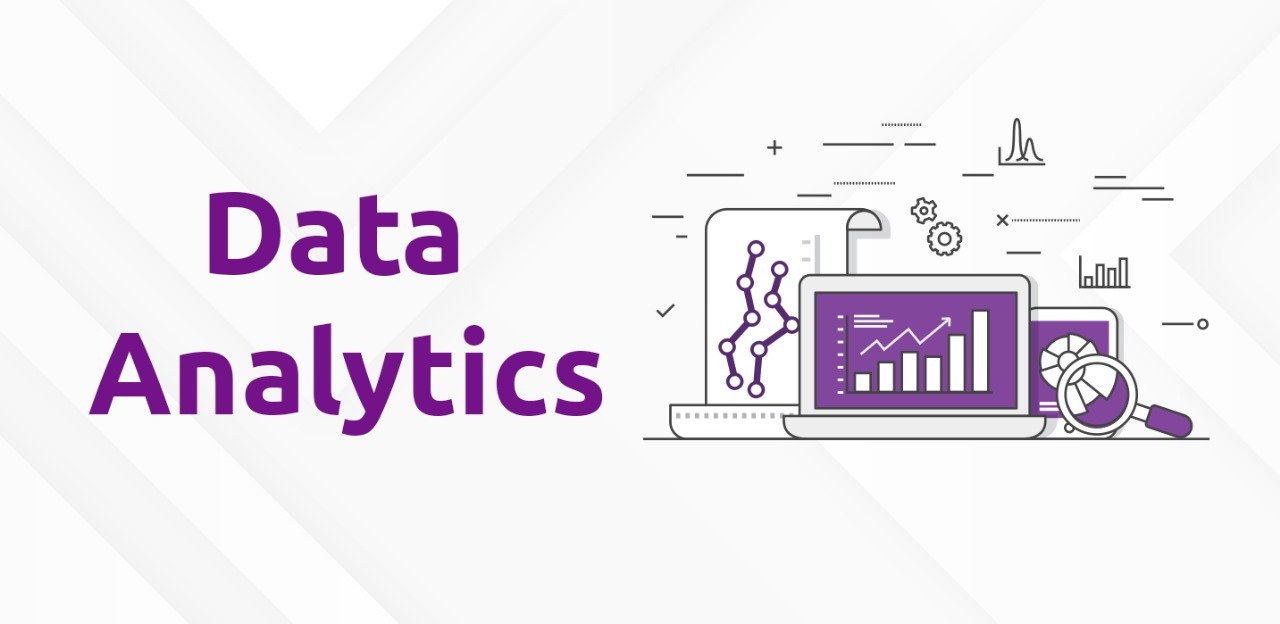Best Python Libraries for Data Science and Machine Learning
Why Use Python for Data Science and Machine Learning?
Python is one of the most popular programming languages for data professionals. It's simple to learn, flexible, and comes with a rich ecosystem of tools that support analytics, AI, and automation. Whether you're building predictive models or cleaning data, Python offers the right set of tools to get the job done.
- Clean and readable syntax
- Large collection of open-source libraries
- Great integration with web and production environments
- Used by developers, researchers, and data scientists worldwide
Top Python Libraries for ML and Data Science
Here’s a list of essential libraries every data enthusiast should explore. These Python libraries for ML cover a wide range of tasks — from data processing to deep learning.
1. NumPy
- Supports large multi-dimensional arrays and matrices
- Offers mathematical functions to perform operations efficiently
- Acts as the foundation for many other libraries
2. Pandas
- Ideal for data manipulation and analysis
- Provides DataFrames for structured data handling
- Useful for cleaning and prepping datasets
3. Matplotlib & Seaborn
- Matplotlib is a powerful graphing library
- Seaborn makes statistical charts beautiful and easy to create
4. Scikit-learn
- Offers a simple way to apply machine learning algorithms
- Includes tools for classification, regression, and clustering
- Perfect for beginners and quick prototyping
5. TensorFlow
- Developed by Google for deep learning tasks
- Supports building and training neural networks
- Runs on CPUs and GPUs
6. Keras
- A high-level API that runs on top of TensorFlow
- User-friendly for deep learning beginners
- Allows quick model building and testing
7. PyTorch
- Flexible deep learning library developed by Facebook
- Favored in research and academic environments
- Easy to debug and experiment with
8. XGBoost & LightGBM
- Efficient libraries for gradient boosting
- Commonly used in Kaggle competitions
- Known for speed and accuracy on structured data
9. Statsmodels
- Best for statistical analysis and hypothesis testing
- Offers linear regression, ANOVA, and time-series tools
10. NLTK & spaCy
- Natural Language Processing (NLP) libraries
- NLTK is great for learning and educational purposes
- spaCy is optimized for real-world NLP applications
Data Science Tools with Python
- Data Cleaning: Pandas, NumPy
- Visualization: Matplotlib, Seaborn
- Modeling: Scikit-learn, TensorFlow, Keras
- NLP: spaCy, NLTK
- Evaluation: Scikit-learn metrics, confusion matrix, ROC curve
These tools help streamline the entire data science workflow — from raw data to actionable insights.
Best Python Libraries for AI
If you're building intelligent applications, these libraries are essential:
- TensorFlow & PyTorch: For deep learning and neural networks
- Keras: For quick AI prototyping
- OpenCV: For computer vision projects
- Transformers (Hugging Face): For modern NLP applications
Final Thoughts
Learning the right Python libraries can boost your productivity and help you become more efficient in solving real-world problems. Whether you're just starting or already working with data, the Python ecosystem has everything you need for machine learning, AI, and data science.
Start with core tools like Pandas and Scikit-learn, then gradually move into deep learning frameworks like TensorFlow and PyTorch. Mastering these Python libraries for ML will make you stand out in any data-driven role.
This guide is brought to you by Vtricks Technologies, your trusted partner in mastering modern Python and data science tools.





